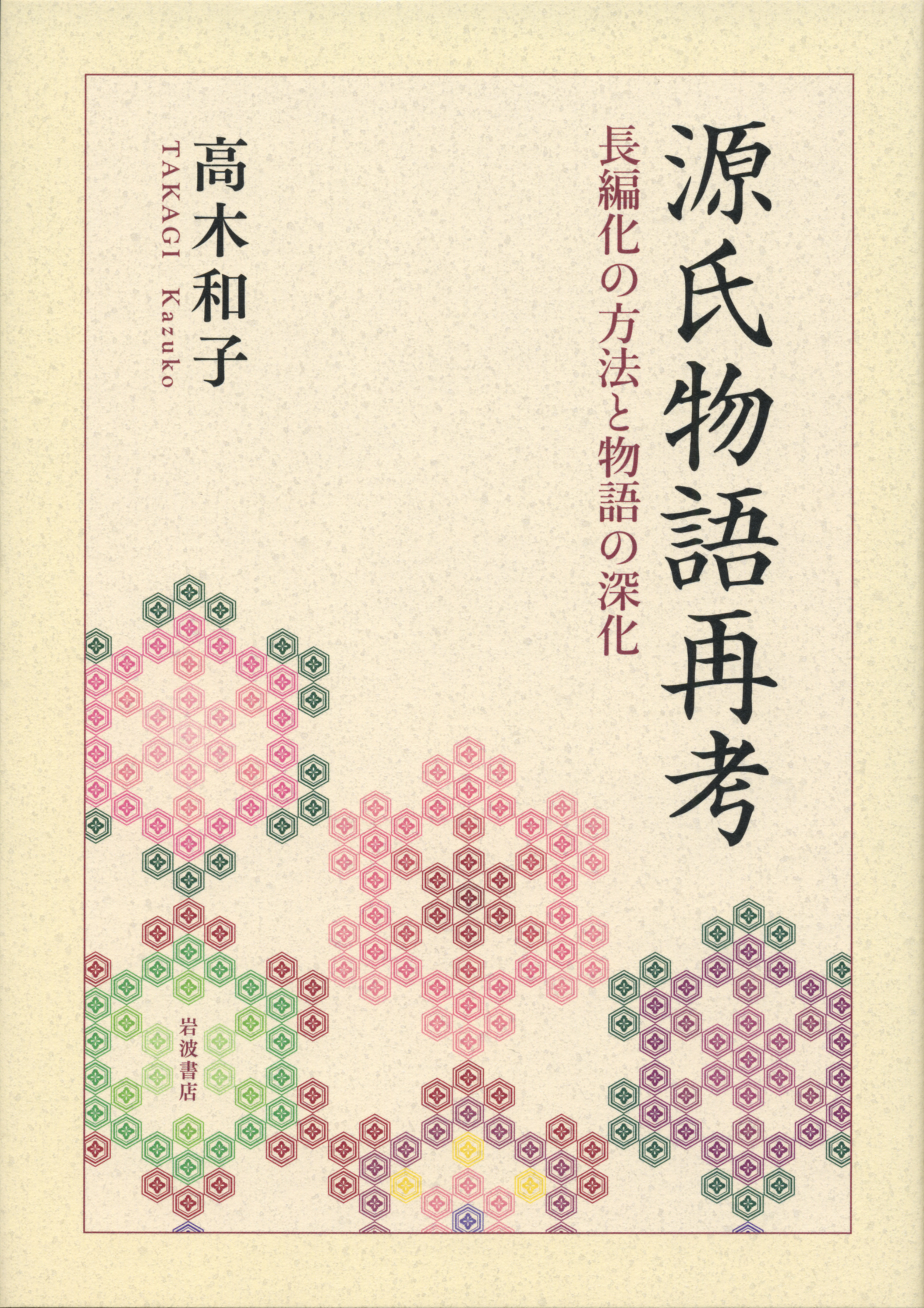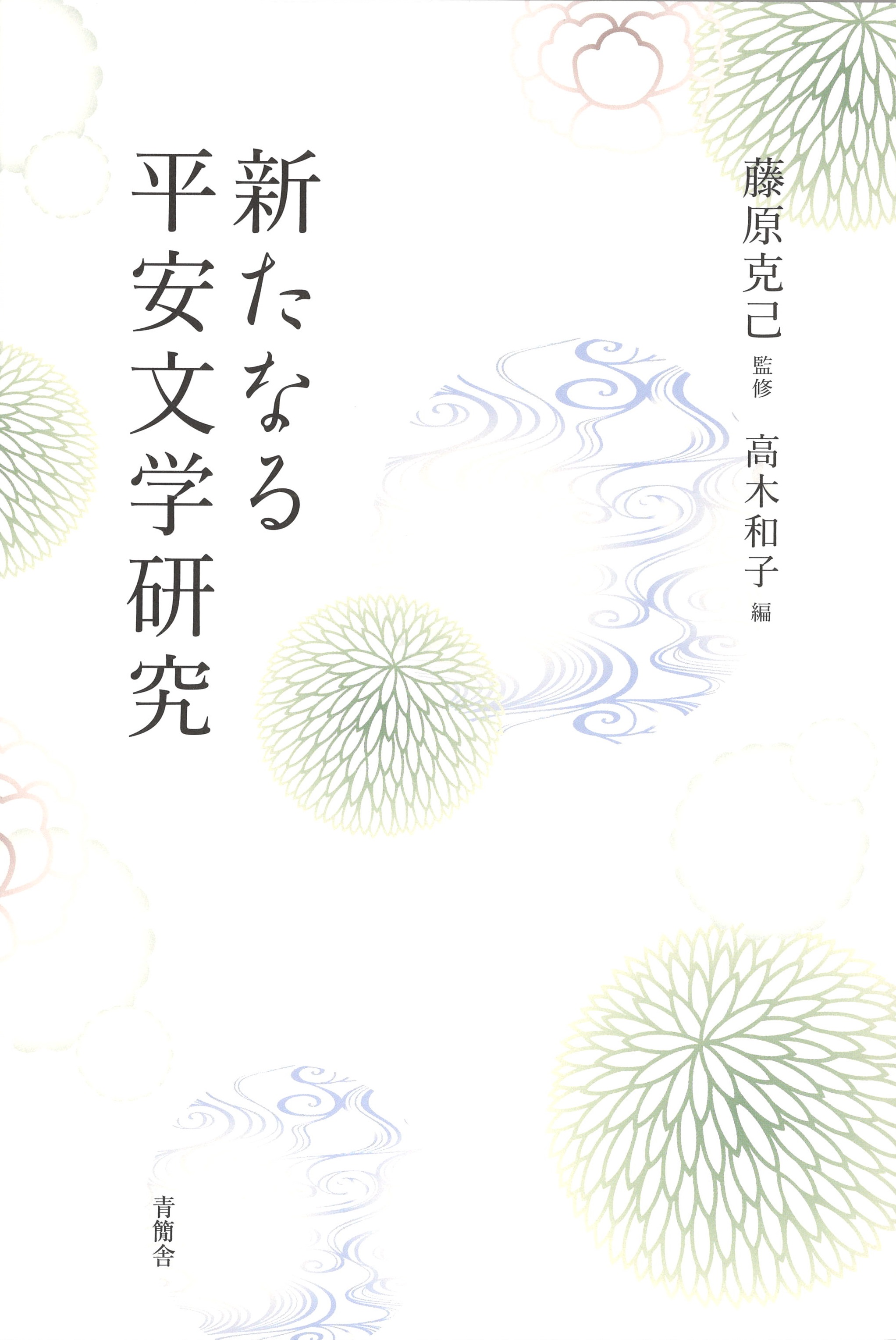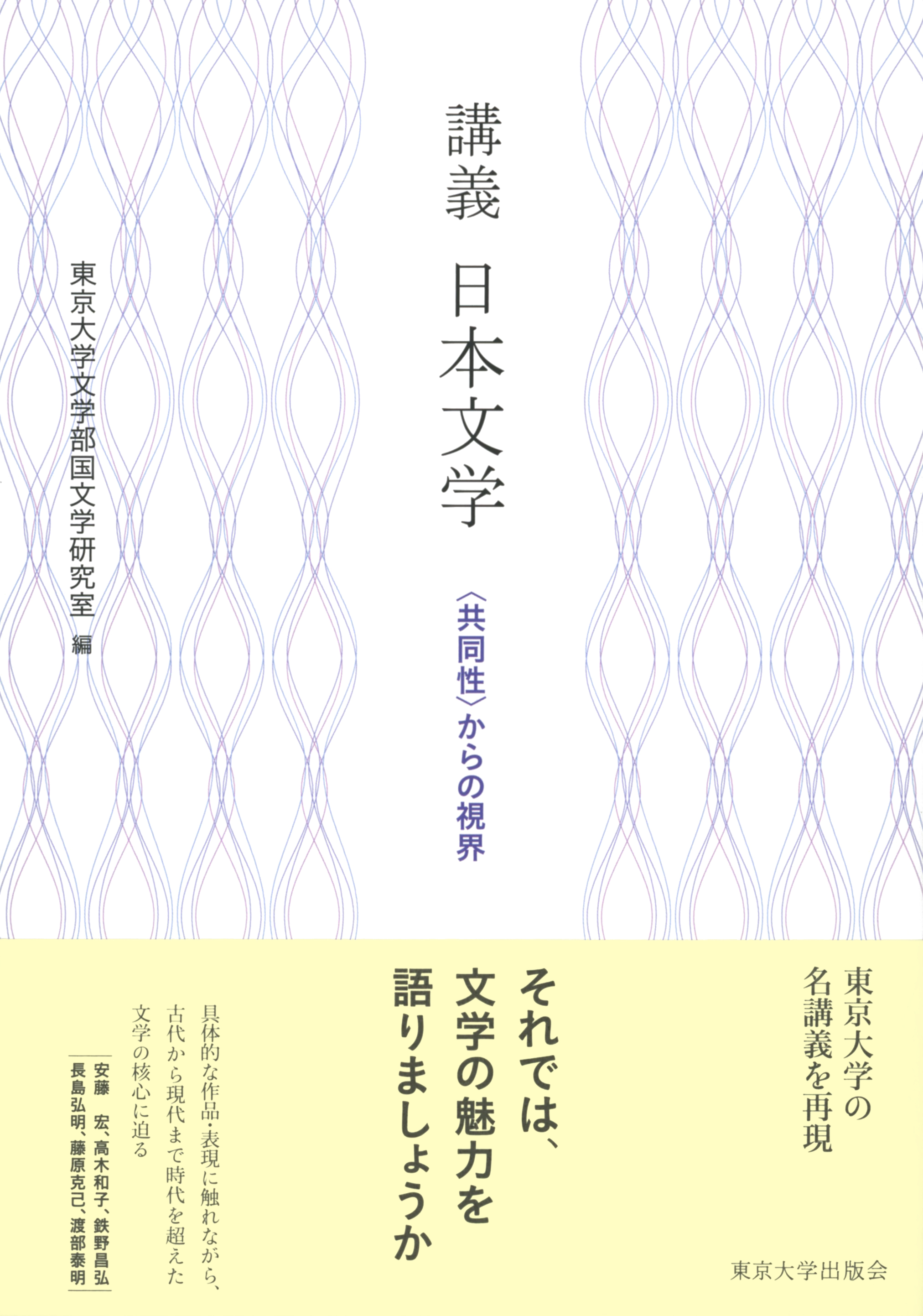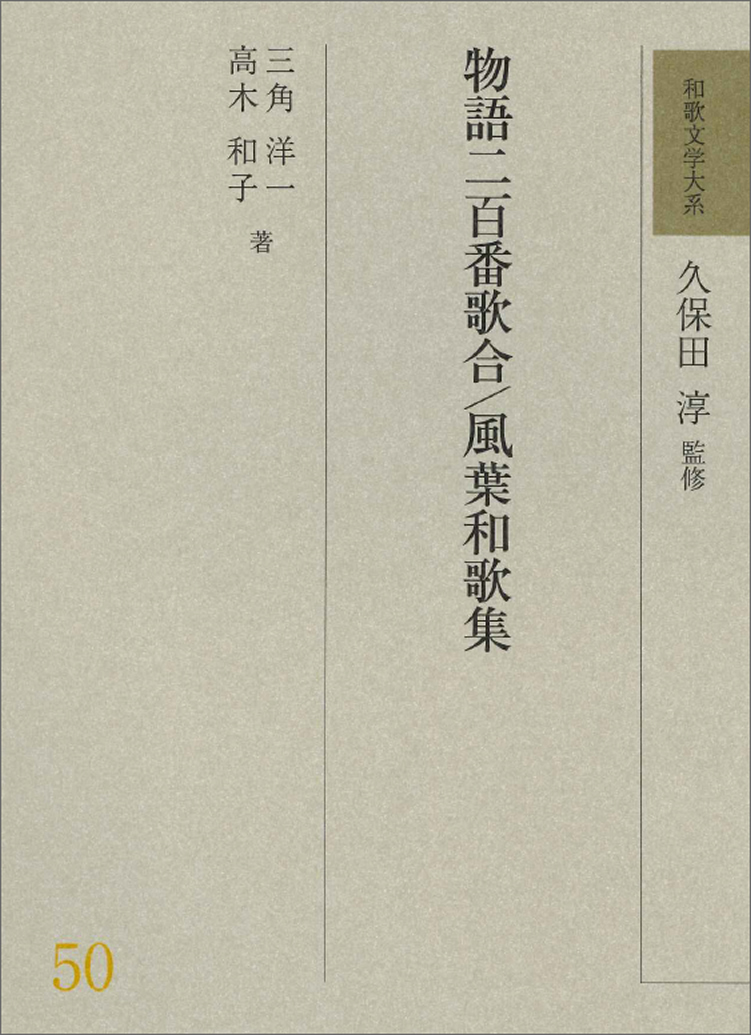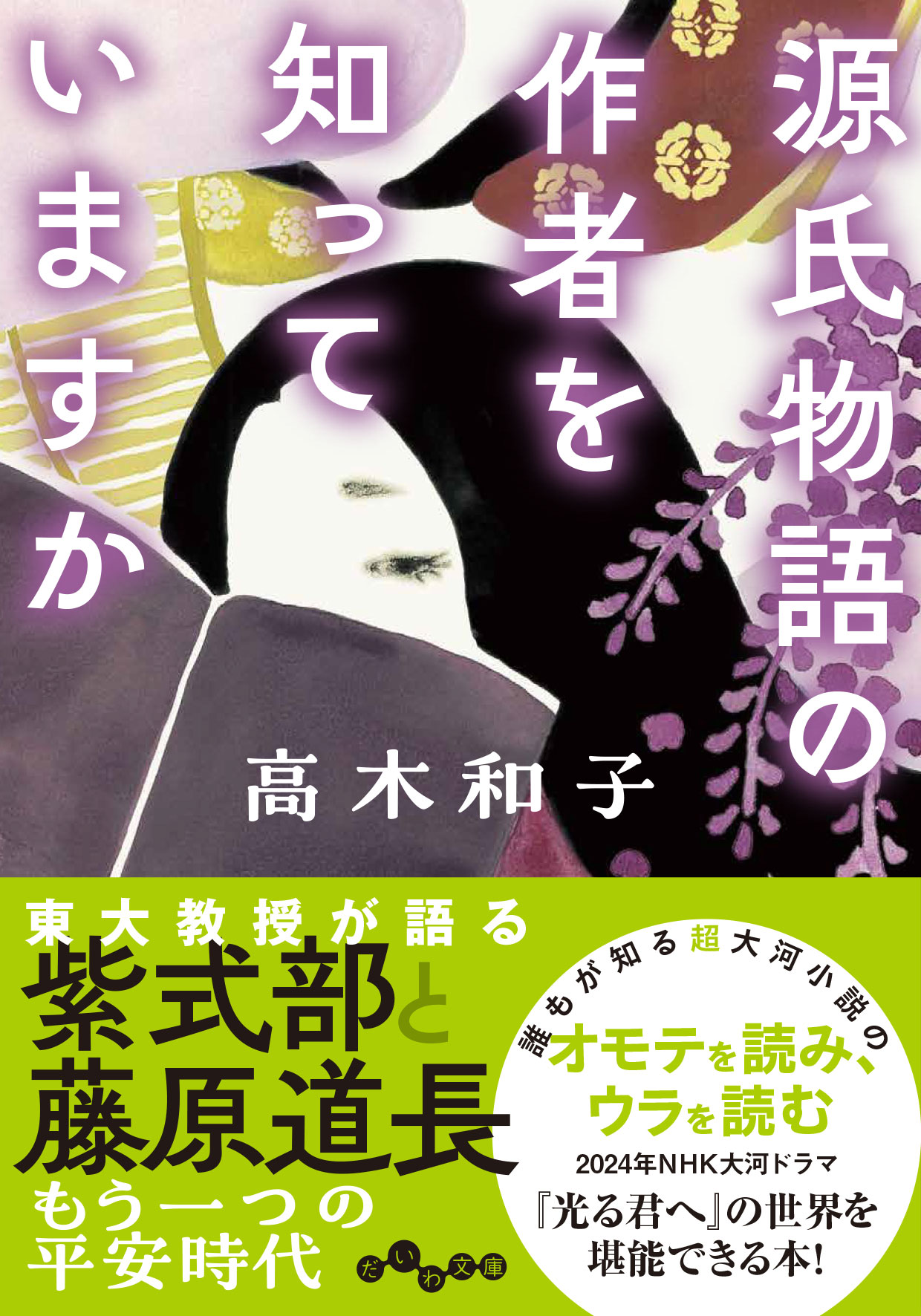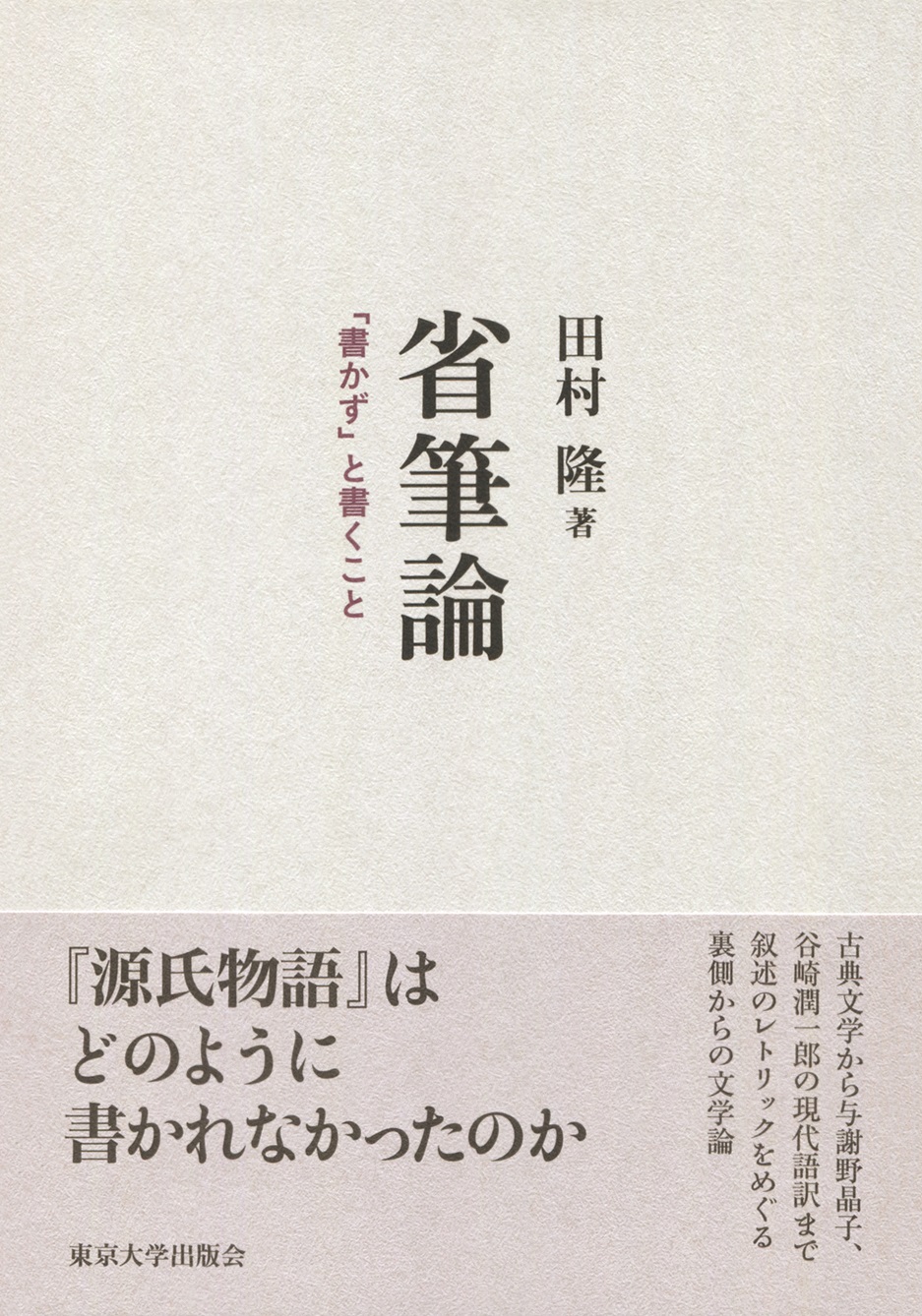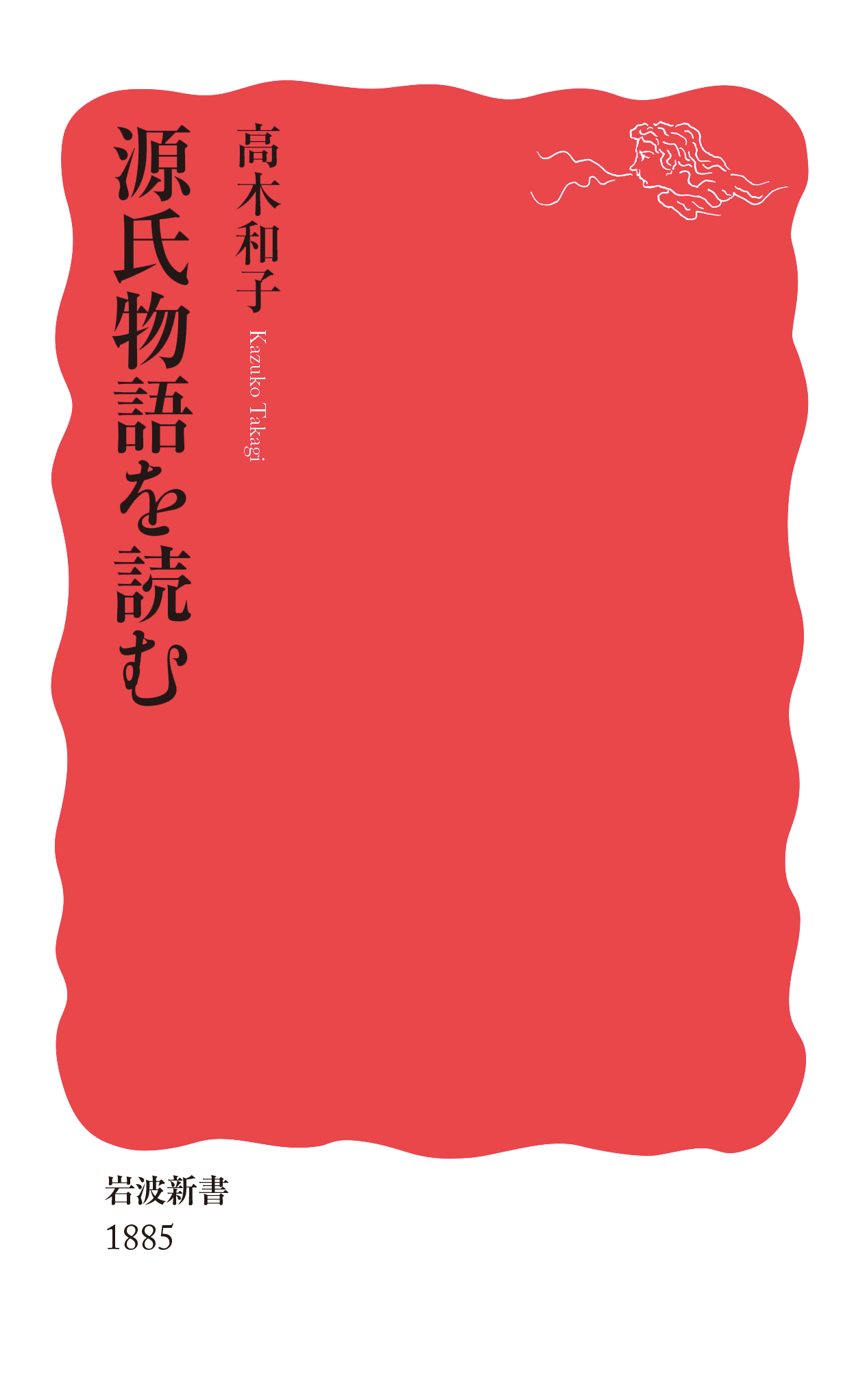
Title
Iwanami Shinsho Genji monogatari o yomu (Reading The Tale of Genji)
Size
302 pages, paperback pocket edition
Language
Japanese
Released
June 18, 2021
ISBN
9784004318859
Published by
Iwanami Shoten
Book Info
See Book Availability at Library
Japanese Page
This book is a guide and an introduction to The Tale of Genji (Genji monogatari). Not long after it was written, The Tale of Genji began to be studied for the composition of poems, and it has been regarded as a model for subsequent narrative tales. Because it is an extremely long work, digests and outlines were produced from an early stage, and opportunities arose for gaining an understanding of its narrative world in a more convenient way. Famous scenes became the subject matter of paintings, applied arts, Noh, and kabuki. For about a thousand years down to the present day it has been studied, enjoyed, and loved on many different levels. A background factor in this has been the fact that many statesmen in later times, aspiring to reach the pinnacle of power, hoped to share in the glory of Hikaru Genji and so took an active role in transmitting The Tale of Genji.
In the early twentieth century, The Tale of Genji was introduced to the world through the English translation by Arthur Waley, who had close connections with the Bloomsbury Group in England. People were astounded that such a lengthy and seemingly modern work brimming with delicate and outstanding scenic and psychological descriptions had been written in Japan in the early eleventh century by, moreover, a woman. It gained global recognition as a work of literature representative of Japan and was compared with works such as Proust’s À la recherche du temps perdu (In Search of Lost Time).
In its basic structure, The Tale of Genji takes the form of a story about Hikaru Genji’s love affairs, but it is a more multifaceted and serious tale that incorporates all manner of universal problems found in human society. It delves into the subtleties of human nature not only in love affairs but also in parent-child relationships, master-servant relationships, friendship, conflict, old age, and various other human relationships and different situations in life, and it is a story that satisfies wide-ranging interests in politics, history, and society. Because it is written in quite refined prose and poems, it is somewhat difficult to understand but presents a rich world pregnant with meaning.
Even today the study of The Tale of Genji constitutes an enormous field of research in which several hundred articles are published annually and outstanding research results are produced in the field of Japanese literature. Not only is it the subject of study and research at high schools and universities, but among the general public, too, interest in The Tale of Genji as part of a general education knows no bounds, and there are many extension courses and reading circles throughout Japan that take up the challenge of reading the entire work.
Although a great many guides and introductions to The Tale of Genji have already been published, a distinctive feature of this book is that it carefully traces the internal world of the fifty-four chapters in line with developments in the plot and its wording. But it does not simply follow the plot, and I have endeavoured to make it readily understandable for the general reader, covering many points at important places in the story that have become generally accepted by researchers as well as sometimes incorporating my own views. People who wish to acquaint themselves with The Tale of Genji anew, keen readers who have been reading it for many years, and students, both undergraduate and postgraduate, with an academic interest in it should all find it stimulating in one way or another.
For a paperback edition, this book contains quite a lot of information, and you may struggle to read it through from beginning to end. You can start reading it from any chapter or episode that you like, and it can also be used as a sort of encyclopaedia for checking some matter that interests you in the moment. I shall be delighted however you choose to use it.
(Written by TAKAGI Kazuko, Professor, Graduate School of Humanities and Sociology / 2022)



 Find a book
Find a book


 eBook
eBook